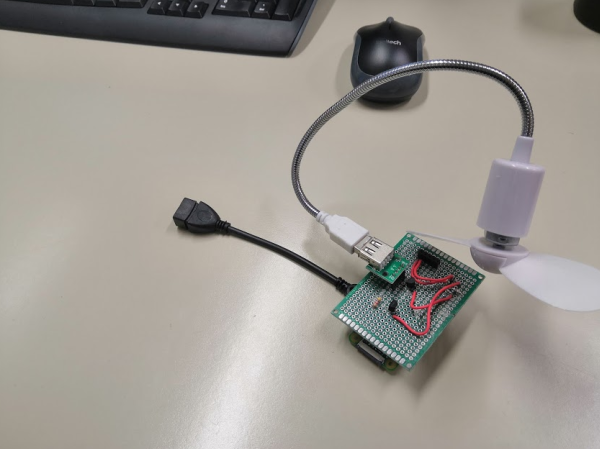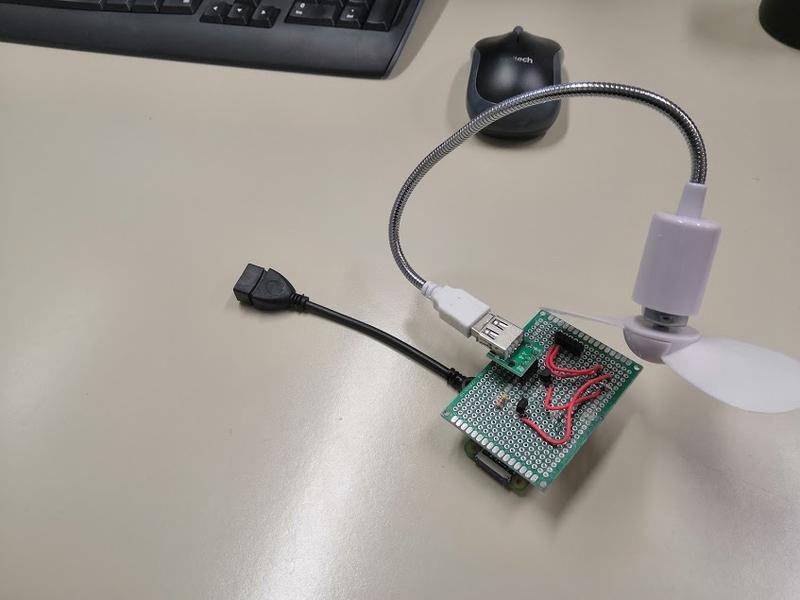(Page créée avec « {{Tuto Details |Main_Picture=Empty_room_activity_v12_5odJkU.png |Main_Picture_annotation={"version":"2.4.6","objects":[{"type":"image","version":"2.4.6","originX":"left","... ») |
|||
| Ligne 5 : | Ligne 5 : | ||
|Area=Electronics | |Area=Electronics | ||
|Type=undefined | |Type=undefined | ||
| − | |Difficulty= | + | |Difficulty=Medium |
|Duration=1 | |Duration=1 | ||
| − | |Duration-type= | + | |Duration-type=hour(s) |
| − | |Cost= | + | |Cost=30 |
|Currency=EUR (€) | |Currency=EUR (€) | ||
}} | }} | ||
| Ligne 136 : | Ligne 136 : | ||
}} | }} | ||
{{PageLang | {{PageLang | ||
| + | |Language=en | ||
|SourceLanguage=none | |SourceLanguage=none | ||
|IsTranslation=0 | |IsTranslation=0 | ||
| − | |||
}} | }} | ||
{{Tuto Status | {{Tuto Status | ||
|Complete=Draft | |Complete=Draft | ||
}} | }} | ||
Version actuelle datée du 4 février 2020 à 15:38
Introduction
What is the game?
• Game is rule.
ANY game has rules, whether written or not. In order to succeed in the game, the child must learn to respect those given rules.
Thanks to the game, therefore, the child will learn to respect the rule in a much broader sense.
• Game is socialization and self-expression.
Many scholars have shown how free and socialized play has an important and fundamental function in the development of cognitive, creative and relational skills. The games can be individual or team. The former will allow the child to create a contact with himself, expressing his inner world, his emotions and at the same time also creating contact with the outside world and developing competition, while the others are useful for socializing and for developing a sense of responsibility. During team play, children feel responsible for their actions compared to other members of the group.
• Game also becomes uncovered. Discovery of oneself, one's world and also discovery of the other.
• Game is self-control.
Through play, the child will learn to manage his emotions. Managing your emotions doesn't mean hiding them. An angry child has the right to be angry and to express his mood. But the same child certainly cannot throw objects on the ground or scream at others. The game becomes, therefore, an important moment in which the child can learn to manage his emotions and impulses.
• Game is motivating.
• Game is a spontaneous activity. The child does not learn to play, the child spontaneously plays since his birth.
• Game is creativity. In fact, it helps the development of divergent thinking, or the creative solution of problems.
And the list would be endless.
These few lines are enough to understand that the game is EDUCATIONAL.
Matériaux
Outils
Étape 1 - Creation of the environment
What you need?
1 - A remote control device #Deedu;
2 - Environments Nodered and Blynq;
3 - A box whose purpose is to abstract the concept of the home environment.
How to create the environment
Here we have to describe how the miniature house is created, the environment to be simulated and the things you need to do it:
How to build the box?
- We take a box of shoes that we no longer use;
- With the help of a pair of scissors with a rounded tip, let's cut one of the shorter sides of the box. From here we could observe inside the box itself what will be simulated;
- Let's cut the other minor side in the same way. From this we will insert the small fan;
- By inserting the device inside the box, we created our miniature room and we are ready for the experiment.
How to build the device?
For the construction of the device, consult the guide at the following link: [LINK PINTEREST].
https://studio.youtube.com/video/Kr0x0o6c8DM/edit
https://www.youtube.com/watch?v=UEqjpMs15jo
To close everything in a wrapper, it may be useful to 3D print the suitable box whose source can be downloaded at the following link.
https://www.thingiverse.com/thing:4062244
How to put precisely theBlynk app?
To set up the software system via Blynk, follow the guide:
https://www.instructables.com/id/Digital-Environmental-Education-Domotics/
How to put precisely the server Nodered on Raspberry?
To set up the Nodere software system, follow the guide:
[LINK PINTEREST].
Étape 2 - Environmental monitoring
A closed environment in which there is no one is an environment that in the vast majority of cases does not need to be illuminated or cooled. Likewise, it is often completely useless to keep many devices such as televisions, heaters or electronic consoles turned on.
From the Blynq app, we allow the user to familiarize themselves with turning on or off an electrical appliance.
The user must learn about what type of environment he is exercising control over. A bedroom, for example, does not need to be illuminated in the morning if you are at school or at work and therefore it is good to turn off the lights that may have been left on. In the same way it is easy to guess that a bathroom does not need to be heated when you are away from home.
The user will therefore have to hypothesize multiple application cases:
- Light on in a bedroom during the day or in the evening
- Heating of a bathroom day or night
- Fan in a kitchen day or night
For each scenario, it is necessary to ask the user to reflect on the need to keep a device controlled through the remote control #deedu on or off.
In this way, the user will make multiple attempts and metabolize the principles and advantages of a conscious use of electricity. In addition, remote control ensures that the user can remotely check whether home users are used correctly.
Étape 3 - Conclusion of the activity
At the end of the activity it is thought to have the children elaborate a page of diary, asking them to tell the experience they have carried out by highlighting the strengths and weaknesses of the device they have used and to provide any advice to the creators.
This will serve administrators, as well as creators of the device, on multiple fronts.
It will undoubtedly be useful to creators to work on weak points, and therefore to improve.
On the other hand, it will serve as a sort of database. In fact, this diary page will be kept by the creators in an archive, in order to be always accessible.
Furthermore, if the critical issues emerge, once they are improved, the creators could think of carrying out this activity again.
Therefore, the latter becomes essential for the formation of an archive and to be able to compare the results if the activity is proposed again later.
Results
Sometimes we act wrongly not out of negligence or indifference towards our planet, but because some issues and some important precautions are ignored.
We adults have a moral obligation to inform children, sensitize them, allow them to have all that useful information to be a good citizen and to love their world (and here we do not focus only on the environmental aspect!)
In fact, working with children allows you to promote initiatives that aim to change the wrong lifestyles that we may have due to bad, or completely absent, information.
By carrying out this activity that strongly recalls reality, children understand that this device can really be applied in any home environment, including their own home.
The purpose of the activity is to stimulate the user to make conscious use of energy resources in the home. The abstraction of the home environment by means of the box is aimed at arousing a connection in the user's mind with a real daily case. In this way, the user assimilates the advantages of using digital technology to make more efficient use of domestic resources. The perception of greater efficiency shows the user the sense of a reduction in waste.
Draft




 Français
Français English
English Deutsch
Deutsch Español
Español Italiano
Italiano Português
Português